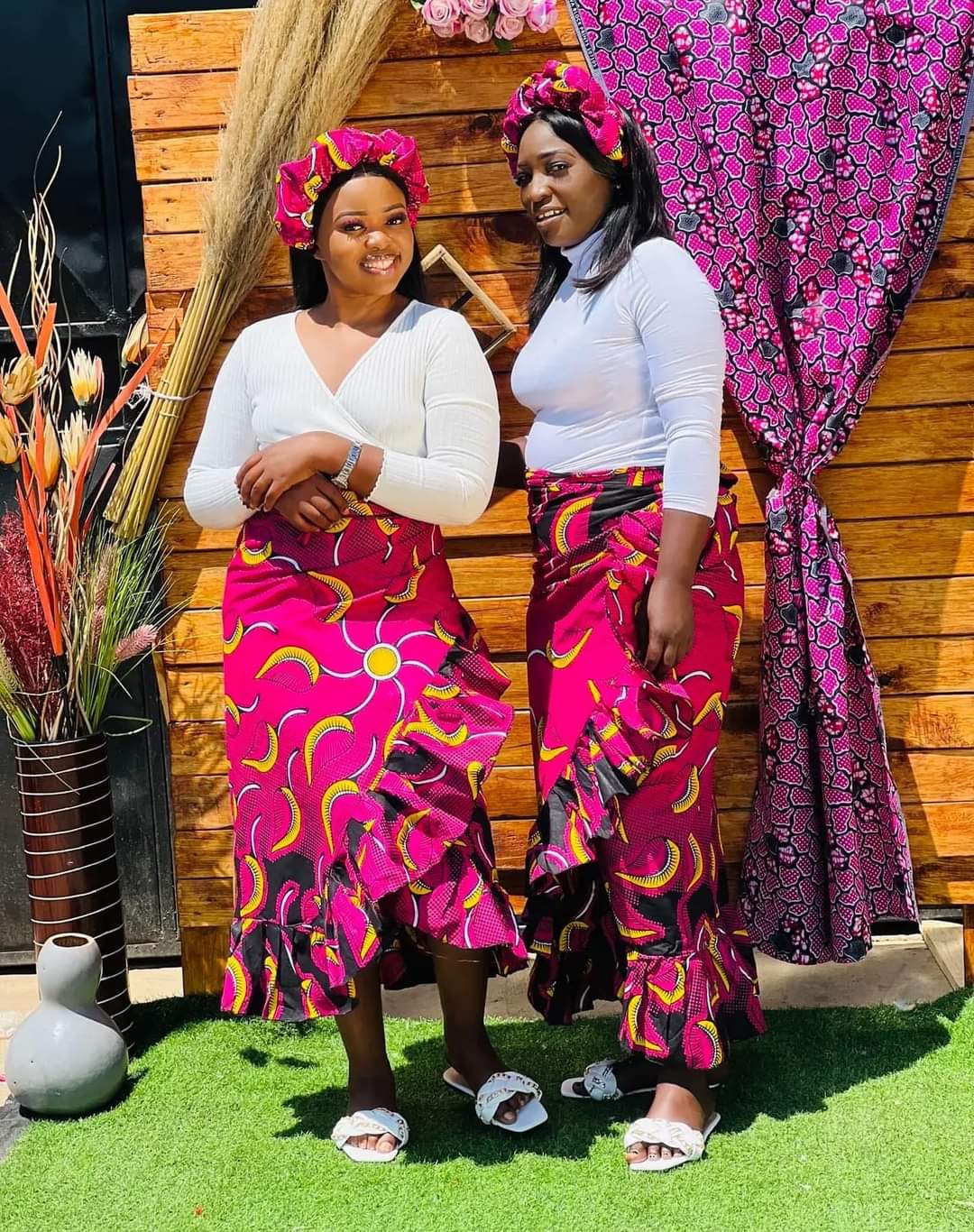Zambia, a land of vibrant cultures and diverse traditions, is celebrated for its rich tapestry of traditional clothing. From the colorful chitenge fabrics to the intricate beadwork and weaving techniques, Zambia’s traditional attire reflects the country’s cultural heritage and identity. Let’s delve into some of the top traditional clothing styles that showcase the beauty and diversity of Zambian culture:
- Chitenge
The chitenge is perhaps the most iconic piece of traditional clothing in Zambia. It is a brightly colored fabric adorned with bold patterns and designs, often worn by both men and women for various occasions. The chitenge can be wrapped around the body as a skirt or worn as a shawl, and it is also commonly used as a headscarf or baby carrier. Its versatility and striking aesthetic make it a beloved symbol of Zambian culture. - Bemba Traditional Attire
The Bemba people, one of Zambia’s largest ethnic groups, have a distinctive traditional attire characterized by brightly colored fabrics and elaborate beadwork. Women often wear chitenge skirts paired with matching blouses, while men don embroidered shirts and trousers. Beaded necklaces, bracelets, and headpieces are common accessories, adding a touch of elegance to the ensemble. - Lozi Traditional Clothing
The Lozi people, known for their elaborate ceremonies and festivals, have a unique style of traditional clothing that reflects their cultural heritage. Women wear wraparound skirts made from colorful fabrics, adorned with intricate beadwork and embroidery. Men typically don tunics or robes decorated with symbolic motifs, complemented by beaded jewelry and headdresses. - Tonga Traditional Attire
The Tonga people of southern Zambia have a traditional clothing style that emphasizes simplicity and functionality. Women often wear chitenge wraps paired with sleeveless blouses, while men opt for loose-fitting shirts and trousers. Both men and women may adorn themselves with beaded jewelry and accessories, adding a touch of personal flair to their attire. - Ngoni Traditional Dress
The Ngoni people, who migrated to Zambia from South Africa in the 19th century, have a rich cultural heritage that is reflected in their traditional clothing. Women wear colorful skirts and blouses adorned with beadwork and cowrie shells, while men don knee-length tunics paired with trousers. Intricately woven baskets and hats are common accessories, symbolizing the Ngoni people’s craftsmanship and creativity. - Kaonde Traditional Attire
The Kaonde people, who primarily inhabit the northwestern region of Zambia, have a distinctive style of traditional clothing characterized by earthy tones and geometric patterns. Women often wear wraparound skirts made from handwoven fabrics, while men don shirts and trousers adorned with intricate embroidery. Leather sandals and beaded jewelry complete the ensemble, adding a touch of rustic charm. - Lunda Traditional Clothing
The Lunda people, renowned for their craftsmanship and artistic expression, have a traditional clothing style that is both elegant and timeless. Women wear chitenge wraps paired with matching blouses, embellished with delicate embroidery and beadwork. Men don tailored shirts and trousers, often accessorized with beaded necklaces and bracelets. The Lunda people’s reverence for tradition and attention to detail are evident in every stitch and seam.
Zambia’s traditional clothing styles are not only visually stunning but also serve as a testament to the country’s rich cultural heritage and diversity. Whether worn for ceremonial occasions, festive celebrations, or everyday wear, these garments are cherished symbols of Zambian identity and pride. As the country continues to evolve and embrace modernity, its traditional clothing remains a timeless expression of its cultural legacy.






